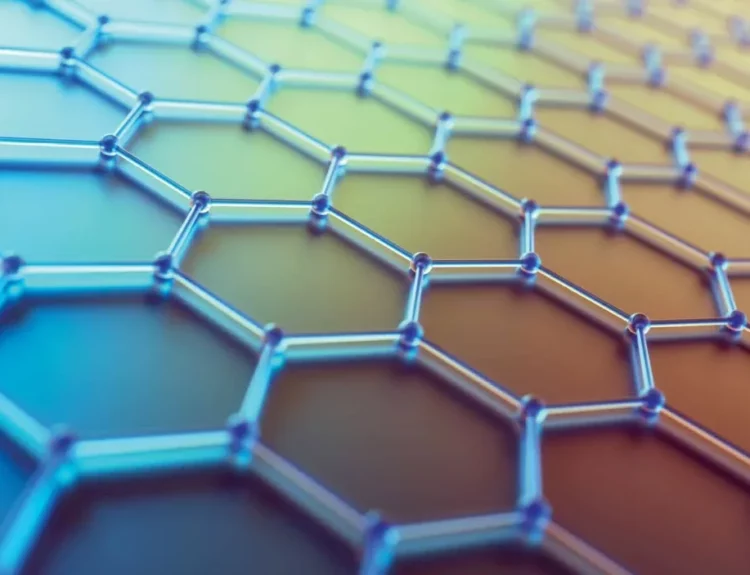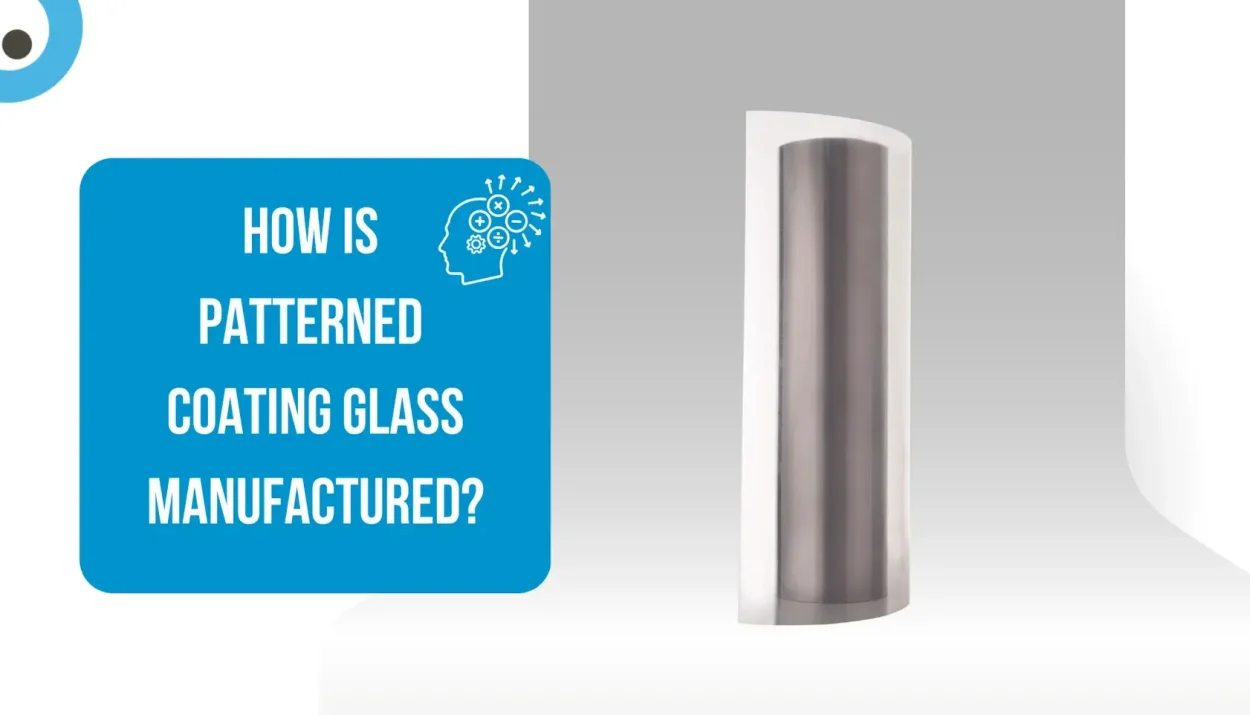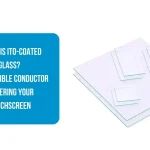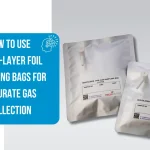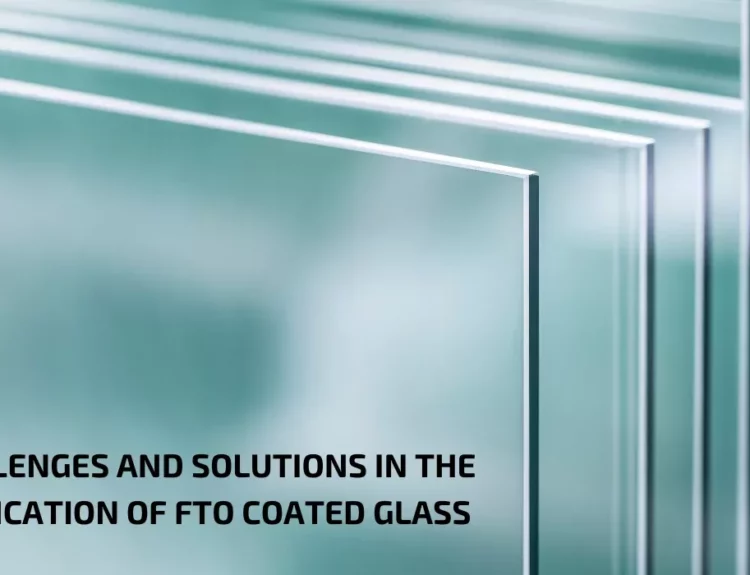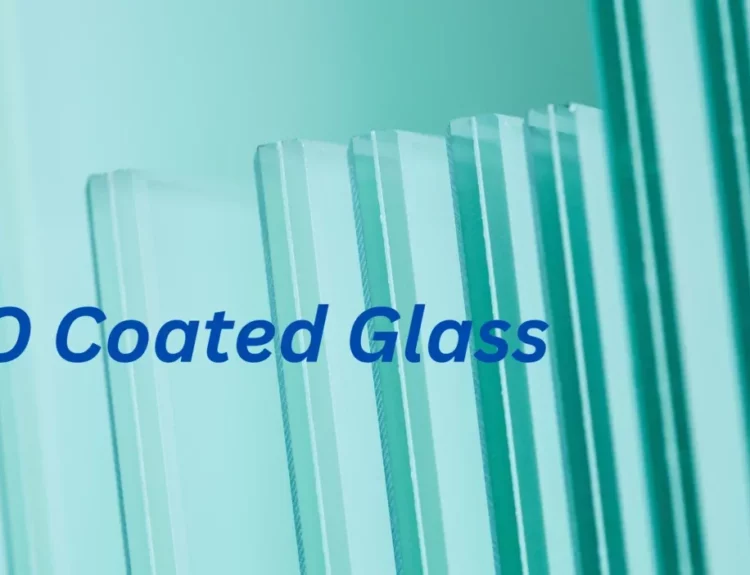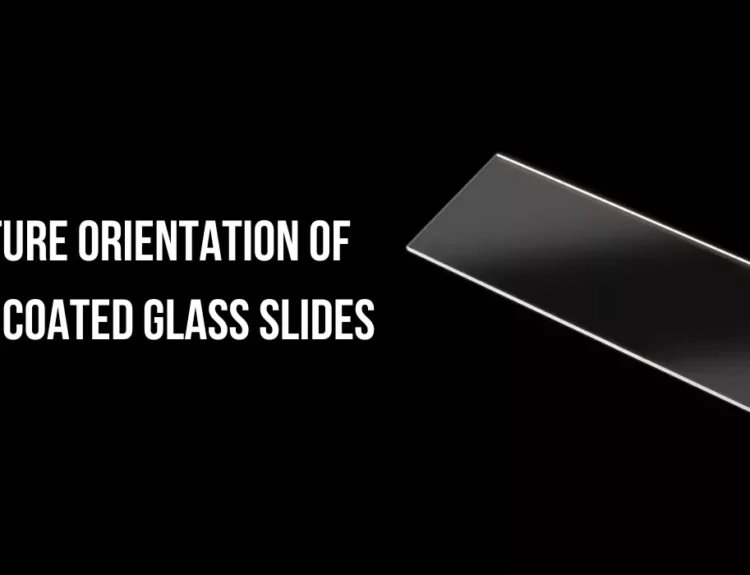Glass Patterned Coating Step-by-Step Process Explained In Depth
- Patterned coating glass is a decorative and functional type of glass widely used in architecture, interior design, doors, partitions, and facades. It combines two main features:
- Patterned (Textured) Surface -for visual appeal and privacy
- Coated Surface -for performance enhancements like solar control or reflectivity
Buy Patterened Coated Glass
Step 1: Raw Glass Selection
The process begins with selecting high-quality float glass as the base material. This is the standard, flat, clear glass used in most glazing applications.
- Thickness: Usually between 3 mm and 10 mm
- Glass Type: Clear, ultra-clear (low iron), or tinted
Step 2: Patterning the Glass Surface
To create the decorative pattern or texture, the glass undergoes rolling while still hot.
Here’s how it works:
- The glass is heated to ~1000°C in a furnace until it becomes soft.
- It passes between two engraved rollers – one or both rollers have patterns engraved on their surfaces.
- The design is imprinted onto the softened glass as it passes through.
Common Patterns: Squares, dots, lines, raindrops, abstract textures
Step 3: Annealing or Tempering
After the patterning, the glass needs to be cooled down properly.
- Annealing: Slowly cools the glass to relieve internal stress
- Tempering (Optional): If safety or strength is required, the patterned glass may be tempered (heat-strengthened) to increase its strength by 4–5 times.
- Tempered patterned glass is also shatter-resistant.
Step 4: Cleaning and Surface Preparation
Before applying any coatings, the glass is thoroughly cleaned using deionized water and brushes in a washing machine.
This step ensures:
- No dust or particles remain
- Coating adhesion will be uniform and effective
Step 5: Coating Application
Now comes the coating stage, where a thin functional layer is applied on one side of the glass. The coating adds properties like:
- Solar control (reflects heat)
- Low-E (low emissivity) (improves insulation)
- Anti-reflective or decorative effects
Two Common Coating Techniques:
Magnetron Sputtering (Vacuum Coating):
Glass is placed in a vacuum chamber.
Metal or metal-oxide atoms (like silver, titanium, or zinc) are deposited in a very thin layer.
Provides high-performance coatings.
Pyrolytic Coating (Online Coating):
A coating is sprayed onto hot glass during the float glass production process.
More durable but less efficient than magnetron coatings.
Step 6: Quality Inspection
Every sheet of patterned coating glass is inspected for:
- Pattern consistency
- Coating uniformity
- Scratches, defects, or color variations
- Modern inspection systems use lasers and cameras to detect flaws.
Step 7: Cutting and Edge Finishing
The glass is then cut into required sizes, and the edges may be:
- Polished
- Beveled
- CNC processed for holes or notches
- This makes it ready for installation or further lamination.
Step 8: Packaging and Delivery
- Finally, the finished glass is:
- Stacked carefully with protective layers
- Packed in crates or metal frames
- Shipped to clients in the construction, interior, or glazing industries
Summary: Quick Recap
Step Description
- Raw Glass Selection: Choose float or tinted glass
- Patterning Hot rolling to create texture
- Annealing/Tempering Strengthening the glass
- Cleaning Prepares Surface for Coating
- Coating applied for solar control, Low-E, etc.
- Inspection ensures quality and finish
- Cutting & Finishing Shapes the glass for application
- Packaging is Ready for transport and installation
Where is Patterned Coating Glass Used?
- Office partitions
- Shower enclosures
- Exterior facades
- Decorative doors
- Skylights and windows
